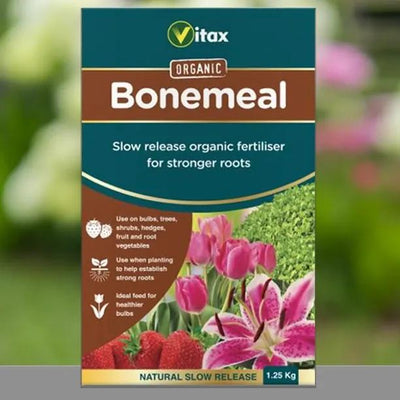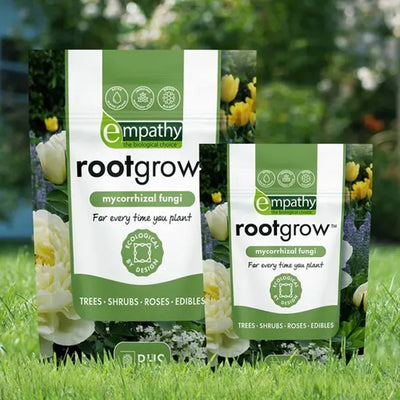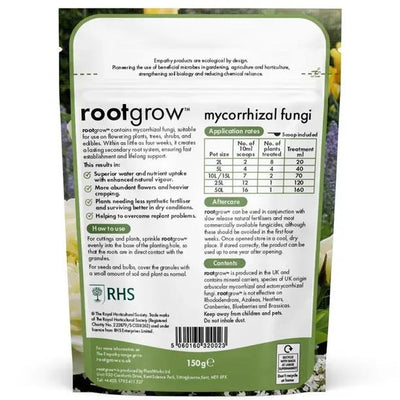Herefordshire Russet Apple Trees
Herefordshire Russets are a simply delicious new Millennium apple and everything that you have heard about a russet that tastes like Cox is true. The golden brown fruit are a little on the small side and connoisseurs will know that it's often the little ones that pack the richest flavour.
Pick them in October, and they store quite well until Christmas.
The trees are strong growers and crop so well that you will have to thin the fruit.
Browse our range of apple trees, or all our fruit trees.
Read our guide to buying apples.
Delivery season: Bareroot plants are delivered in late Autumn to Spring, about November-March inclusive. Pot grown plants, year round.
Features
- Eating; Aromatic Cox taste
- Vigorous tree
- Spur bearer
- Self fertile.
- Pollinator
- Pollination Group C.
- Harvesting: October.
- Stores till January.
Growing Herefordshire Russet Apples
Apples like rich, well drained soil, and will thrive on clay in locations that do not get waterlogged in winter.
A full day of sun and shelter from the wind is ideal.
Fruit needs plenty of thinning in most years.
Disease Notes:
Aphids love young stems.
Rootstocks:
We use MM106 for Herefordshire Russet, the UK standard for medium-sized trees, ideal for gardeners. It gives a half-standard about 4m tall, and a bush about 3m.
MM106 maidens are suitable for cordons and espaliers.
Pollination Partners for Herefordshire Russet
Your trees are self fertile, making decent crops without a pollination partner, but still perform best with one.
Herefordshire Russet is in Pollination Group C, which cross-pollinates with other apple trees in Groups B, C and D.
Use our Fruit Pollination Checker to quickly find pollination partners, or Apple Pollination Guide to learn more.

 Secure, One-Tap Checkout
Secure, One-Tap Checkout
 Hand Picked, Delivered to Your Door!
Hand Picked, Delivered to Your Door! 1 Year Bareroot Guarantee
1 Year Bareroot Guarantee













